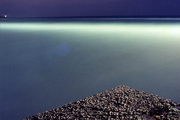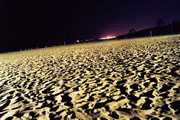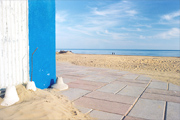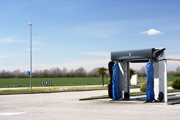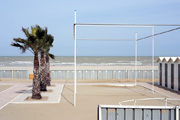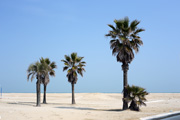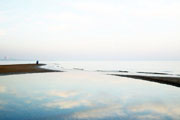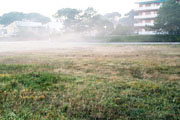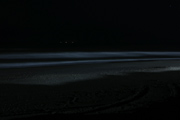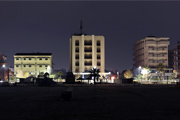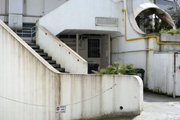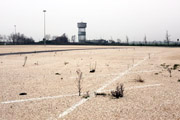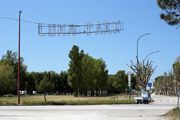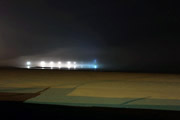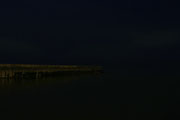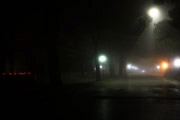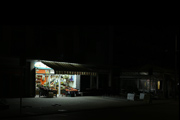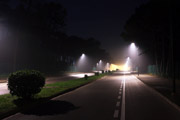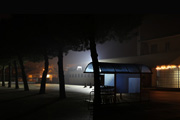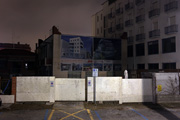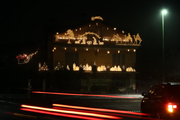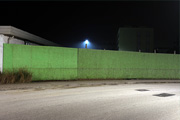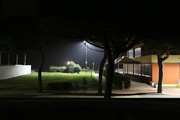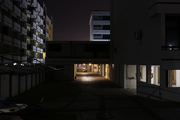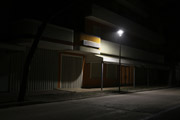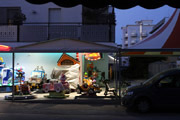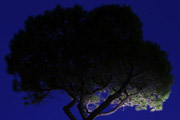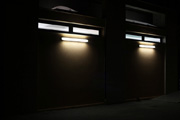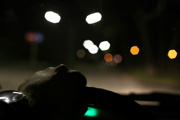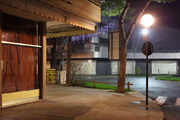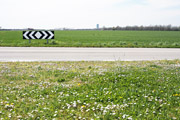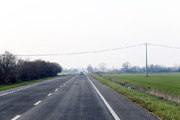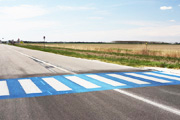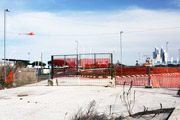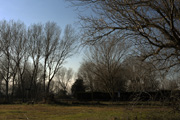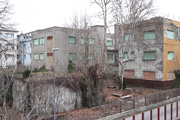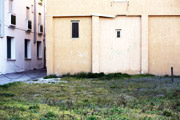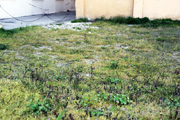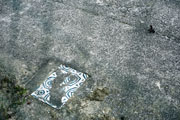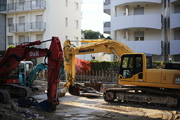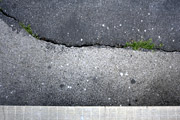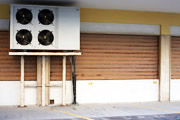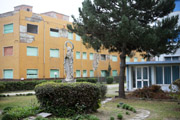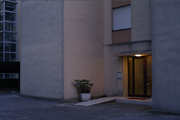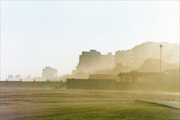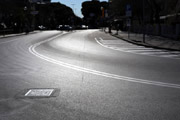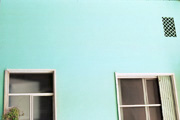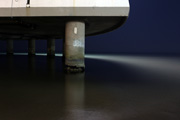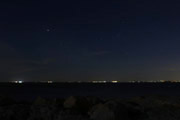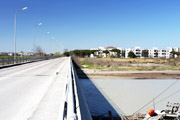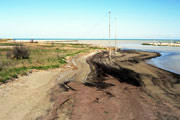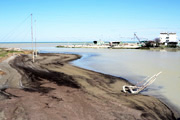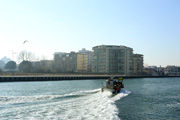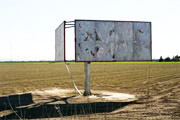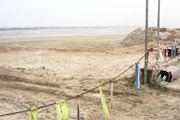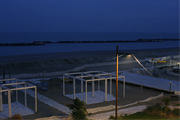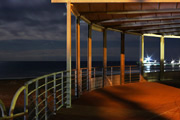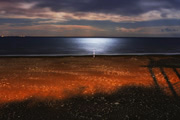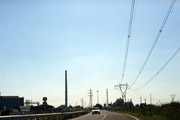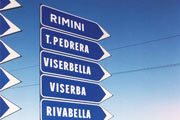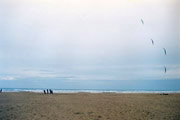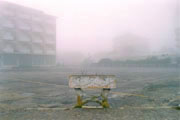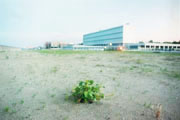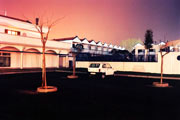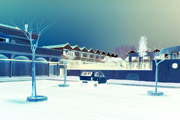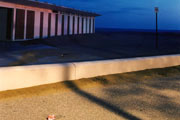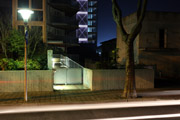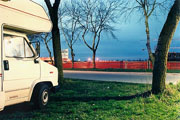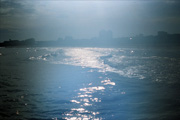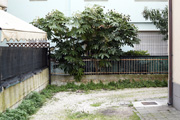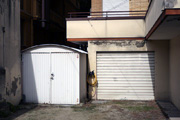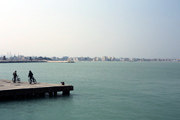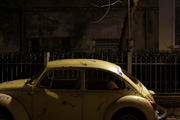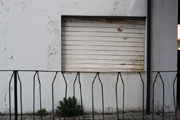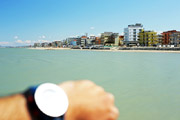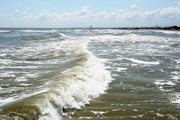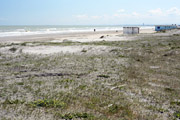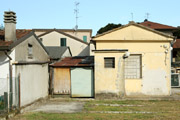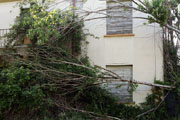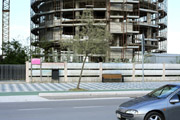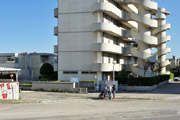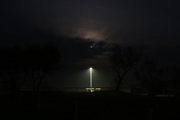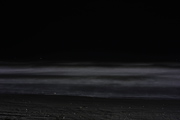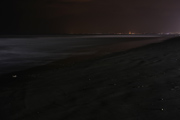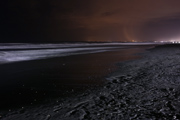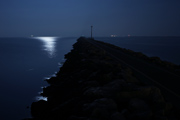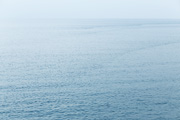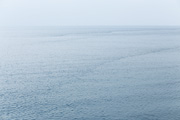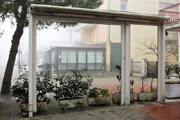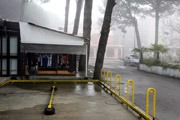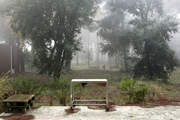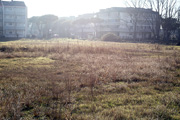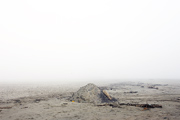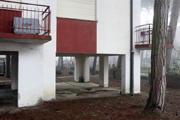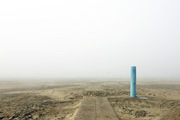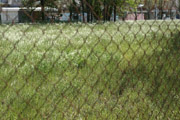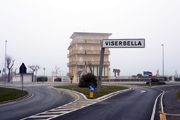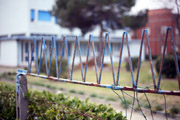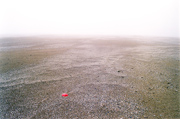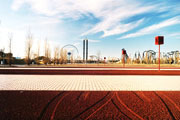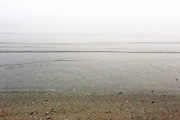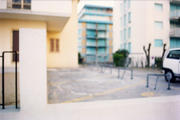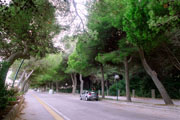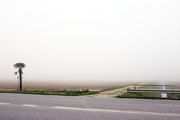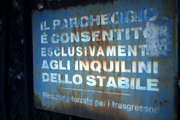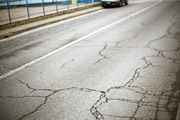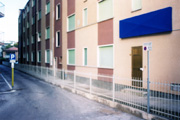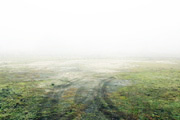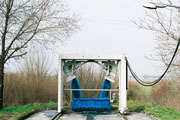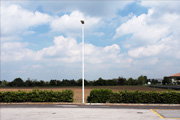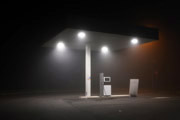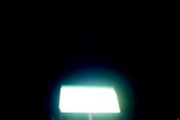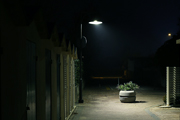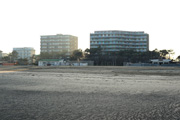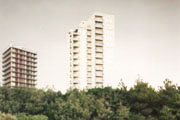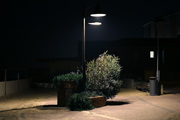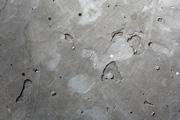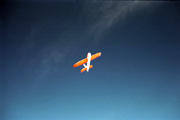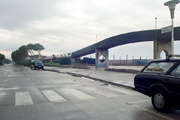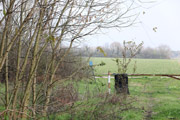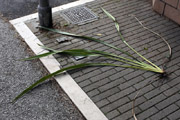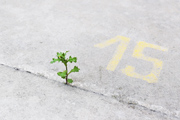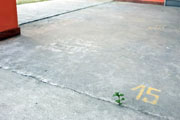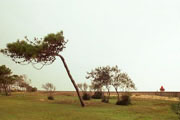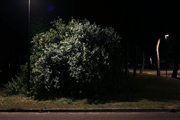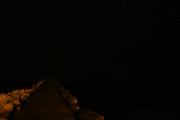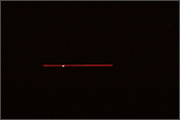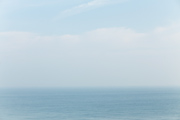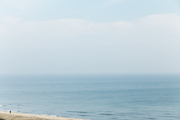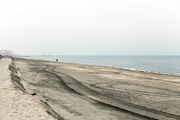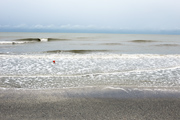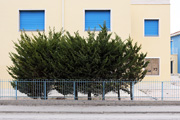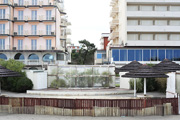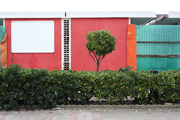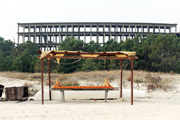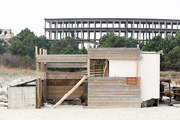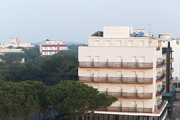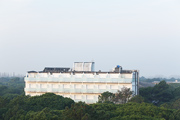Aftersummer. An exploration of Adriatic Sea resorts
A photographic journey along the Italian Adriatic Coast, started in 1995, after the summer.
From Trieste to Riccione.
Slowly walking through the streets of these silent coastal towns, so full of tourists in summer,
almost deserted in the low season.
Sometimes moving across the vast beaches, unrolling for tens of miles between the sea and these
buildings, still leaning toward the horizon with their 60s and 70s facades.
Work in Progress. Updated on Winter 2024
Post-atomic Winter Sea
These photo sessions usually start at dawn, when I left Bologna by carand I drive alone to resorts on Italy's Adriatic coast,
full of tourists in summer, theatrically desolate landscapes in autumn and winter.
I park my car, then I start to walk.
I usually find my images walking, taking residential streets that I haven't explored before,
although these seaside resorts, adapted for tourist use since the 1960s,
are often very similar to each other.
When I have defined my area of interest, I search for a "tuning"
between me and the signs complexity I see in the camera,
that I try to deconstruct, finding their primary structures,
keeping in mind that they have been created,
recently superimposed by humans to these natural landscapes.
This tuning is not a "decisive moment", just a progressive adaptation
to architecture or natural landscapes I decide to photograph.
It's a process that can take a lot of time before the shot, but it's also pleasant.
I'm also fascinated by the hint of a human presence
or the contrast between "small" human silhouettes
and a large landscape, and by the typical architectural codes of these towns.
Since 1995
The astonishment of a photographer who suddenly
finds himself almost observed,
interrogated by these desolate, surprising landscapes and objects.
"In that silent landscape, under that pastel washed sky, every small detail appears and flows
in a way that I have never seen before:
clearer, almost floating in space, questioning."
The seaside places, from North to South:
Trieste, Grado, Latisana, Lignano Sabbiadoro, Lignano Pineta, Lignano Riviera, Bibione, Bibione Pineda, Caorle, Eraclea Mare, Jesolo, Lido di Jesolo, Litorale del Cavallino, Punta Sabbioni, Lido di Volano, Lido di Pomposa, Lido di Spina, Casalborsetti, Marina di Ravenna, Punta Marina, Lido Adriano, Lido di Dante, Lido di Classe, Lido di Savio, Milano Marittima, Cervia, Pinarella, Cesenatico, Bellaria, Igea Marina, Torre Pedrera, Viserbella, Viserba, Rimini, Riccione.
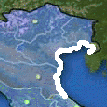
"The best thing is to leave the town early, still in the dark.
At the first gas station, desert, at the gates of the city,
the fresh scent of gasoline: you enjoy it in silence while you fill up the car.
Half an hour later it's time for a freshly baked brioche at the Autogrill,
then the highway unwinds smoothly, without traffic.
Leaving the toll booth behind you, take a stretch of state road,
a few holes bounce the front end of the car, isolated trees parade to the side.
Finally, park on the seafront, or in an alley of sand and pine cones,
tighten the laces to your shoes, arrange a tripod over your shoulder.
Here in a few minutes you browse a hundred photos,
and others are added after each return to the sea.
How many shots, how many discarded too,
that one day it would be nice to display them all together on a wall.
Only rollfilms, at the beginning, then those 70's lenses
also mounted on the digital sensor.
Driving to the Riviera out of season, during university,
it was also a way to clear the mind, free the gaze,
make it bounce like in an old C64 video game
among deserted alleys, unlit traffic lights, terraces that protrude from uninhabited,
concrete walls that especially in the inner streets
are still those of the beginning,
of the first holiday seasons on the Adriatic Riviera, 60s and 70s buildings
that has allied themself in some way with wind and salt,
letting their walls fade softly, or revealing
chalking of several layers of plaster, emerge colors
that you can only find in these places.
On reaching the beach, look over the dunes,
towards that horizon so low and vast, almost an Adriatic California one.
While walking, taking deep breaths of iodized air before an exam,
walking for miles over the elastic sand, a slight lunar ground effect,
next to that pale celestial horizon, almost motionless indeed not very moved.
This is still the case today, after many years.
You don't know (but maybe you do) how much a Ristretto coffee
taken in a bar in Pinarella, near Cervia, or in Lido di Classe,
may it help to clear the mind, in this ineffable yet friendly coast in winter. "
Some of the Masters that since the '90s have inspired me on this journey, and from which I then tried other paths and a fine focus in my exploring these places and their photographic representation:
Stephen Shore, Joel Meyerowitz, Luigi Ghirri, Giovanni Chiaramonte, Olivo Barbieri, William Eggleston, Lewis Baltz, Ugo Mulas, Guido Guidi, Mario Cresci, Paola De Pietri, René Burri, Andreas Gursky, Philip-Lorca diCorcia, Roberto Koch, Richard Misrach, Thomas Struth, Nino Migliori, Mimmo Jodice, Jeff Brouws, Franco Vaccari..."There was the continuous murmur of the wind scattering his simultaneous uniform music on the beach,
a sound without interruption, tense, sometimes just modulated by the volume of air moved, the obstacle encountered.
A third hand flapping in the sea air, made of cloth and torn tissues consumed that the wind shakes, the salt thickened."
